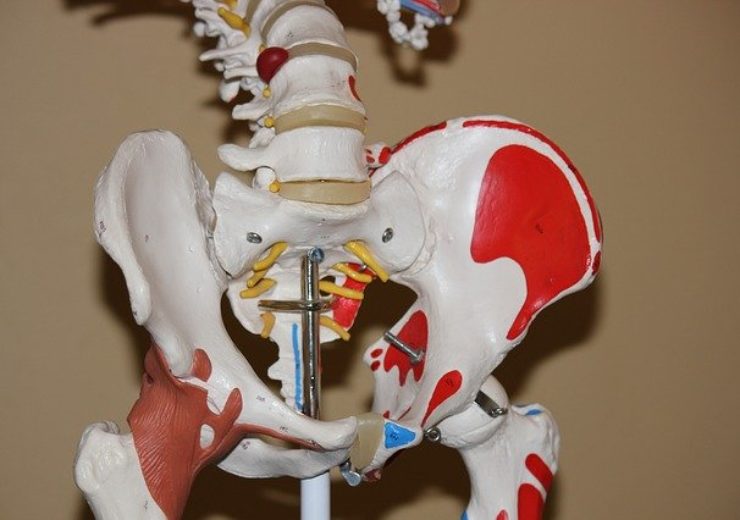Total hip replacement is a surgical procedure, which involves surgical replacement of the diseased cartilage and bone of the hip joint with artificial materials

Image: RSIP Vision introduces new total hip replacement solution. Photo: Courtesy of IAOM-US from Pixabay.
Image processing technology company RSIP Vision has unveiled a new artificial intelligence (AI)-based total hip replacement solution that offers accurate, automated 3D structure of the patients’ hip for surgery planning.
RSIP Vision said that its new AI-based solution is designed to create a new implant that accurately fits with the patients’ body, and provides a better clinical outcome and easy recovery.
Sourasky Medical Centre diagnostic radiology department radiologist Rabeeh Fares said: “THA became very common procedure nowadays, it is performed daily in most medical centers. Recovery and rehabilitation depend on planning the procedure and selecting the perfect implant, which is tailor-made for each unique patient.
“This is time consuming and at the same time crucial for the success of the operation. From our perspective, a fully automated algorithm for segmentation of a diseased joint has become mandatory in our daily practice as it is far more accurate and time-saving in comparison with a manual method.”
Advanced AI-based algorithm of the solution will bring new capabilities to Orthopedy
Total hip replacement is a surgical procedure, which involves a surgical replacement of the diseased cartilage and bone of the hip joint with artificial materials.
In most cases, the THA (Total Hip Arthroplasty) procedures are performed for progressive worsening of severe arthritis in the hip joint, and osteoarthritis in most cases.
According to the company, hip is a complex anatomical region that directly impacts a person’s posture and lower limb movement and replacement surgery requires a higher precision level.
Inaccurate sizing and shaping or a slight displacement of an implant could impact the posture of a patient and may cause severe pain from simple movements, along with functional limitations, or additional surgeries.
The new solution is said to allow complex segmentation and unique detection of the patient’s body structure, ensuring simpler, faster and accurate surgical planning for surgeons.
